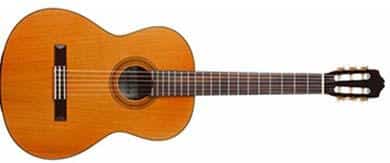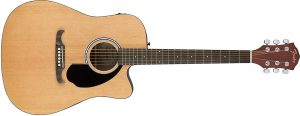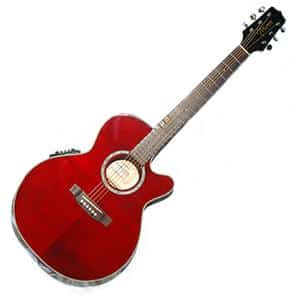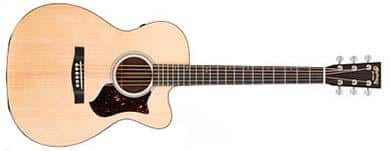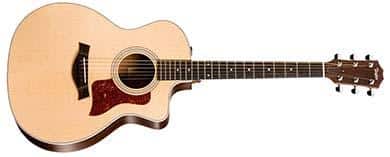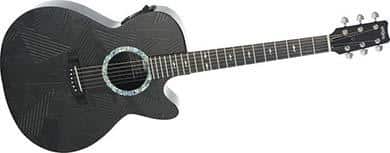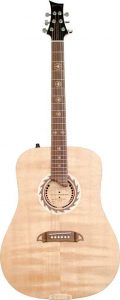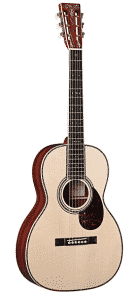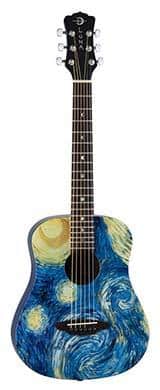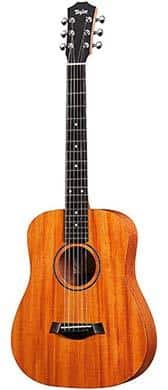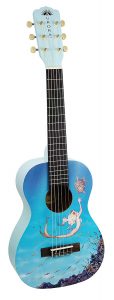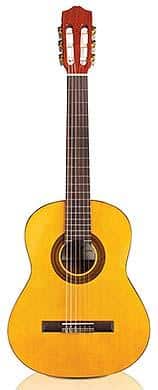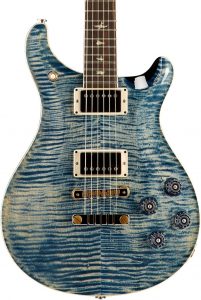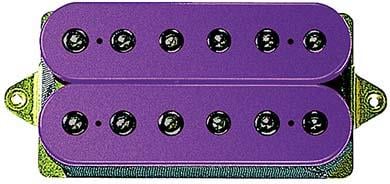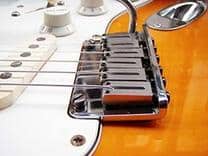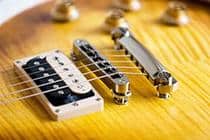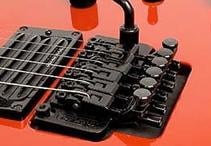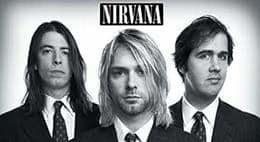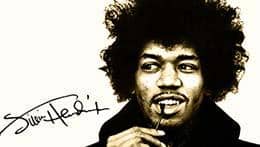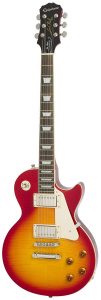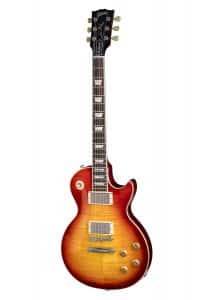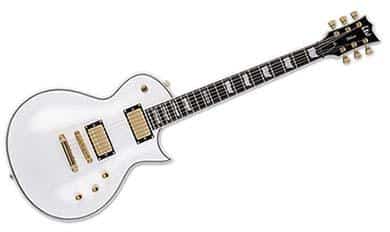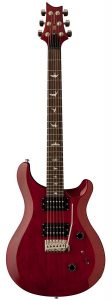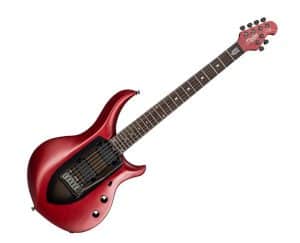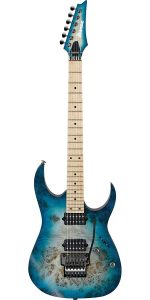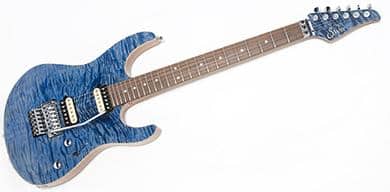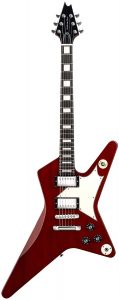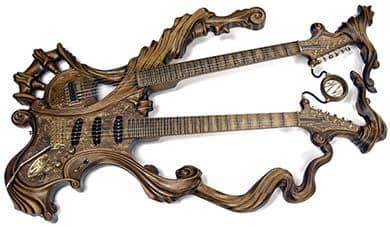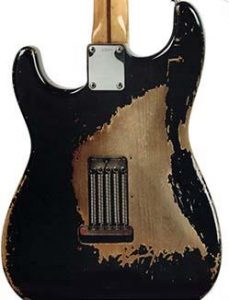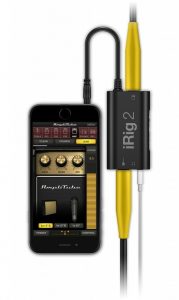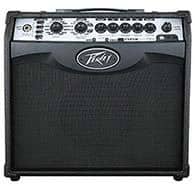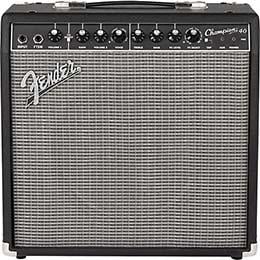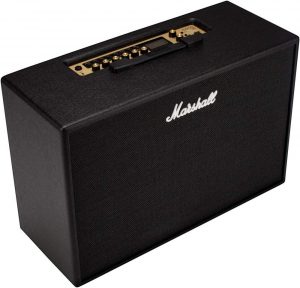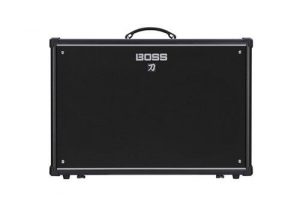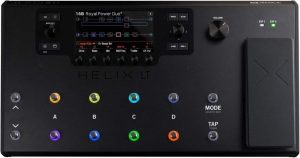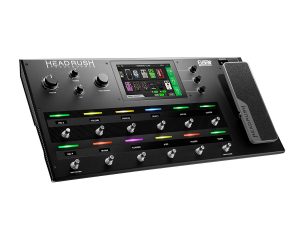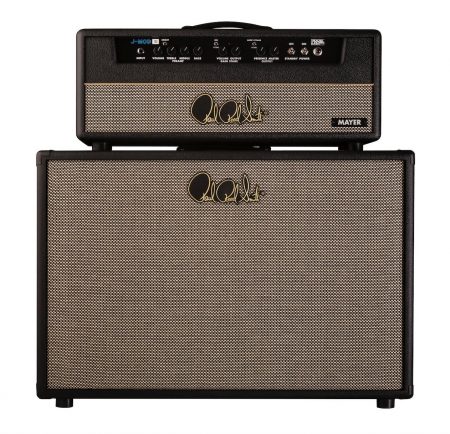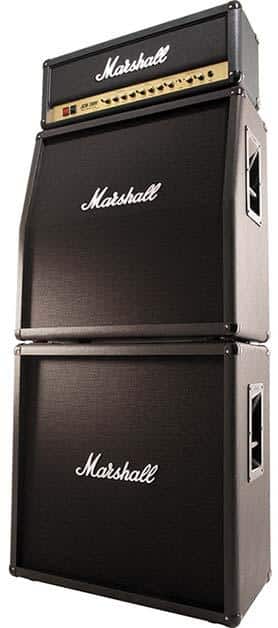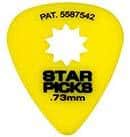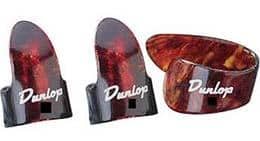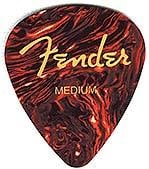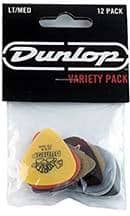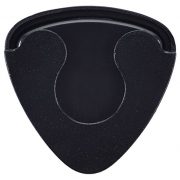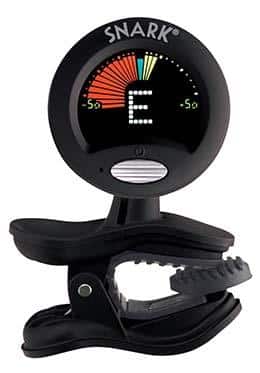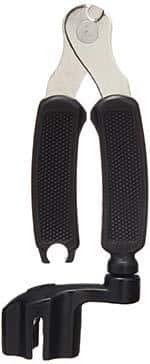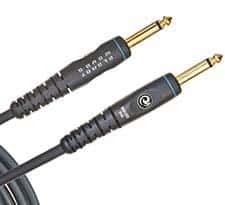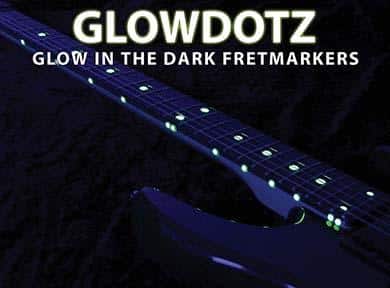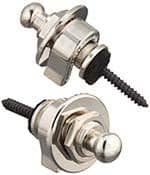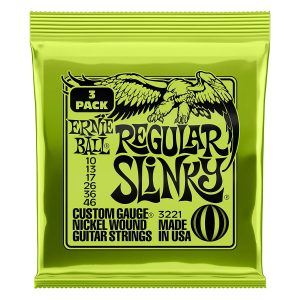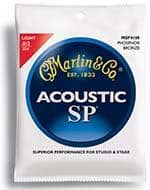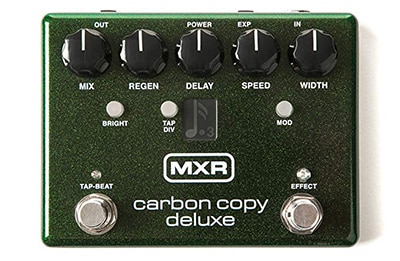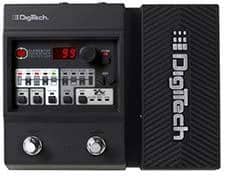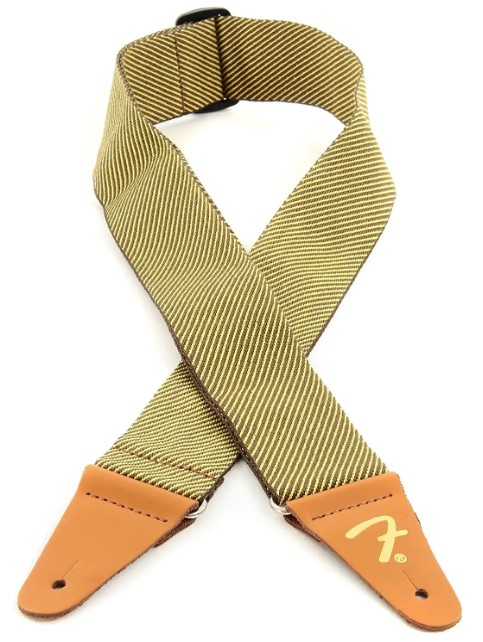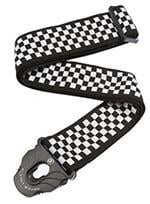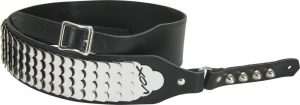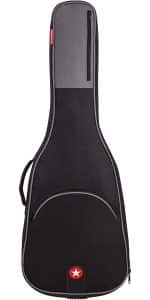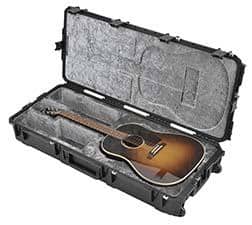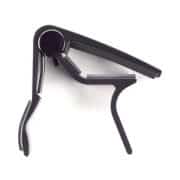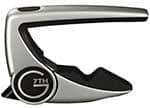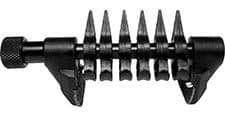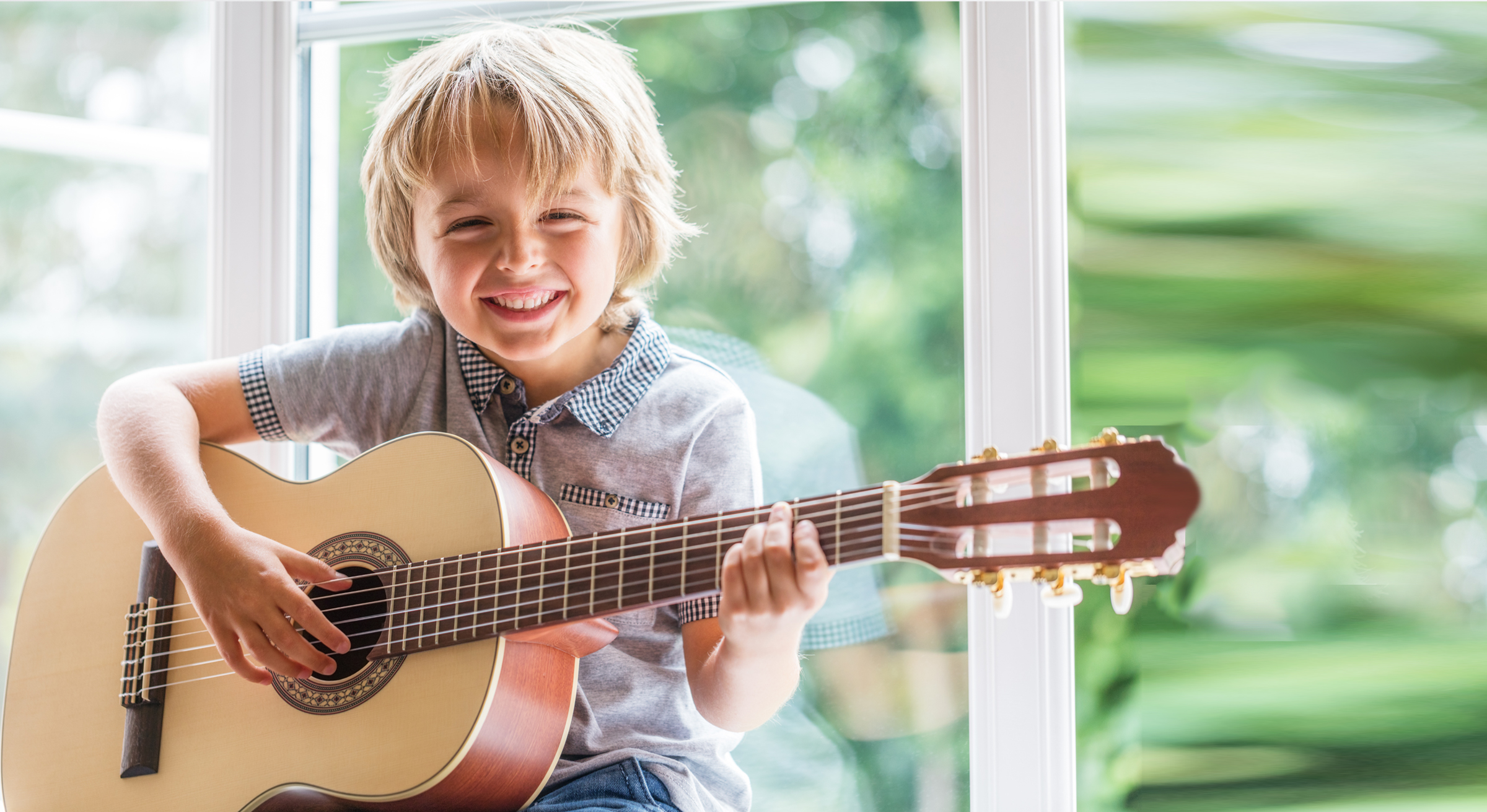

In-Home & Online Guitar Lessons
CARLSBAD . ENCINITAS . RANCHO SANTA FE . DEL MAR
SOLANA BEACH . SAN MARCOS
In-Home Guitar Lessons
The Guitar is a very popular first instrument. Guitar students start developing finger strength and quickly learn to strum chords and play simple melodies. New Guitar students will find the instrument challenging at first, choosing the correct size of Guitar is important for younger students, we are happy to help you find the perfect Guitar. Students as young as 6 years old can learn to play the Guitar.
In-Home Guitar lessons allow students to learn in a comfortable low-stress environment. Parents love In-Home Guitar lessons also! Say goodbye to traffic, gas prices, and waiting rooms with the convenience of Guitar Lessons in your home.
Numerous studies show children who play an instrument, score higher on both standard and spatial cognitive development tests alike. There are also findings that show that practicing the guitar regularly can enhance your memory, concentration and expand your attention span.
- Guitar requires finger strength and dexterity.
- On day one everyone’s fingers are like wet noodles, the strings feel uncomfortable on soft fingertips and fingers won’t do what they are told.
- The Fine Tune Academy “First Lessons” course uses a combination of Pictures, Videos, mp3’s, software & color-coded worksheets to get the student over that initial hump.
- Early lessons are spent learning fun, simple songs designed to build strength quickly and introduce Musical Concepts and Terminology.
- All students learn the essential skills of Guitar Technique, Music Theory, Songwriting and Sight Reading hand in hand with learning or often writing their favorite songs.
- All students are encouraged to develop their own style and repertoire.
- We offer many opportunities besides Guitar Lessons for our students to meet and play together including Shows, Workshops and Field Trips.
All students are different. We have a beginner song list of over 1500 songs from many popular genres. Many of these songs have been rewritten using the Fine Tune Academy Layout and Color Coding system to speed up student progress. We use these early songs to find the Artists, Techniques, and Equipment most suited to the student’s taste and goals. “How to Tune With a Piano” and “Finger Names” are worksheets from The Fine Tune Academy’s “First Lessons” course.

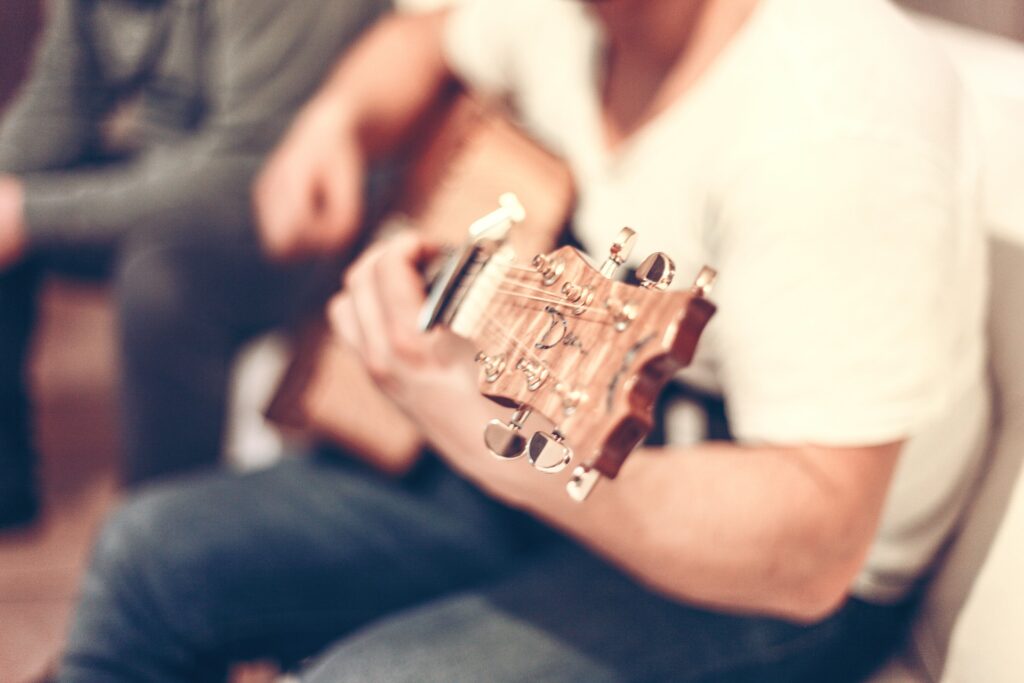
Guitar Introduction
- The Guitar is a Stringed Instrument like Violin and Piano.
- There are two main types of Guitar. Electric and Acoustic.
- Most Guitars have 6 Strings and around 21 Metal Frets on the fingerboard.
- It is very common to play the Guitar with a Pick or Plectrum.
- Guitars can play both Melody and Harmony at the same time.
- Guitars a very mobile, many people stand up, sing and even dance while playing.
FOR YOUNGER STUDENTS
- Eager young Musicians can get started on a Strum Stick or Ukulele by Age 3.
- Young hands need a smaller Guitar.
- By age 6 most students have big enough hands to play a Baby Taylor or a Mini Strat.
- By age 12 most students can play an adult size guitar.

Guitar Fun Facts
The most valuable guitar ever made is the $2 million dollar ‘Eden of Coronet’ created by Aaron Shum in Hong Kong, China. It is covered in white Gold and thousands of Diamonds.
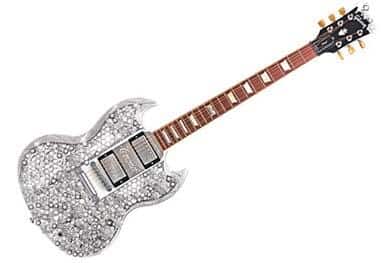
Leo Fender was a Saxophone player
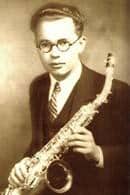
The longest Guitar playing marathon by an individual was 114 hours 6 minutes 30 seconds and was achieved by David Browne of Dublin, Ireland, in June 2011.
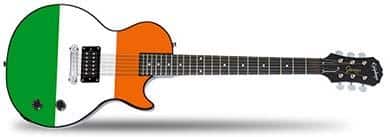
The most influential guitarist of all time, according to Rolling Stone magazine, is Jimi Hendrix. Jimi Hendrix mostly played right handed Fender Stratocasters that he strung backwards in order to play left handed. Jimi could also play right handed
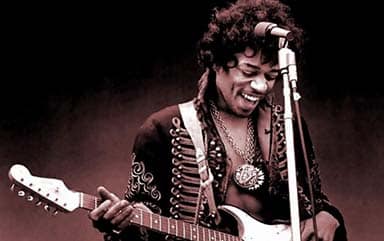
The worlds smallest guitar was made by Cornell University in New York. It is 10 Micrometers long (about the size of a single cell). When strummed the strings produce frequencies so high, the human ear cannot hear it.
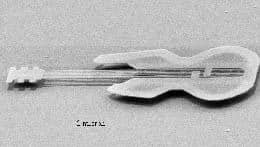
The largest playable Guitar in the world was made by the Academy of Science & Technology in Texas. The Gibson “Flying V” is as long as a school bus! People play the Guitar in coordinated teams leaping from fret to fret!
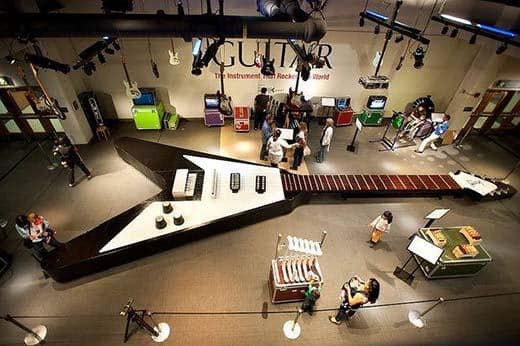

Acoustic Guitar Buyers Guide
All Fine Tune Academy Students receive FREE purchase assistance at the store of their choice. One of our Master instructors will demonstrate the different kinds of Guitars and make sure you get the right instrument for your musical taste & budget.
Acoustic Guitars have a body with space inside that Amplifies the sound of the Strings. New students often purchase an Acoustic Guitar first. Acoustic Guitars are very mobile, simple to use and sound great across many genres.
NEW GUITARS
Decent new Acoustic Guitars start at $150. As you pay more money you get better quality materials and improved features.
USED GUITARS
There are many used Guitars available online and in Stores. Assuming the Guitar is in good condition expect to pay 40%-70% of the new price. Many used Guitars have seen little use and just require a basic setup, new strings, and a good cleaning. Used Guitars can be prone to Wood Warping, Rust & Electrical Gremlins. Your Fine Tune Instructor can advise you on what to look out for.
Nylon String Acoustic
Nylon strings are less painful for new students fingers. Nylon Strings Guitars are most suited to Classical or Flamenco style music.
Solid Wood Top
The next level of acoustic guitars have a “Solid Wood Top”. The “Top” is the front part of the guitar with the sound hole. Having a Top that is made out of one piece of wood sounds better but costs more. Cheaper guitars have a plywood top, better Guitars often have a solid Spruce Top. Guitars with Solid Tops start at around $400. Most people buy one of these lower midrange Guitars as their first Guitar.
Many Guitars in the $400+ range offer useful features that are worth having.
- Cutaway – A piece of the body next to the neck is removed. It looks cool and allows for easier access to the upper frets.
- Acoustic-Electric – Acoustic Guitars that have a Pickup or Microphone built in. Very handy for performing or recording.
- Built-in Tuner – Many Acoustic Guitars come with this great feature.
Once you get to around $1000 you find Guitars with quality wood and iconic brands like Martin, Gibson, and Taylor.
In general, $4000 Acoustic Guitars are not always “better” sounding then $1600 Acoustic Guitars. The price comes from using expensive, exotic woods and hand construction techniques to please the ear and taste of discerning Musicians and Collectors.
3/4 Size
If you are under 54 inches tall, a 3/4 size Guitar will be more comfortable.
1/2 Size
If you are under 45 inches Tall, a 1//2 Size guitar will be more comfortable.
The Guitars pictured have Nylon Strings that are a little more gentle on small new hands.
As Guitars get smaller it can be tough to find a quality instrument. Below $100 Guitars become less and less instrument quality and more like toys.

Electric Guitar Buyers Guide
You CAN start with an Electric Guitar first, they are often easier to play then Acoustic Guitars. The downside to an Electric Guitar is the extra expense of an Amplifier and the relative complexity of cables, volume knobs, and switches. If the student is in love with Electric Guitar and they are keen to learn what all the knobs and switches do, Electric Guitar first is fine. Almost all Electric Guitars use Steel Strings.
Most Electric Guitars can be split into two families. “Fender Stratocaster” style or “Gibson Les Paul” style.
Scale Length, Pickups and Bridge style define these families.
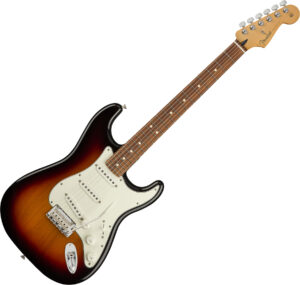
Fender
- Longer Neck
- Wider Frets
- Single Coil Pickups
- Tremolo Bridge
- Double Cutaway Body
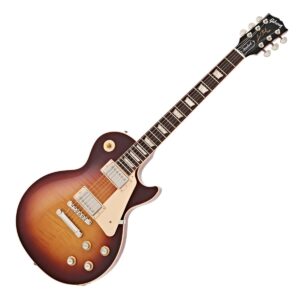
Gibson
- Shorter Neck
- Smaller Frets
- Humbucking Pickups
- Fixed Bridge
- Single Cutaway Body
SCALE LENGTH
- Fender Stratocaster’s or “Strat’s” have a slightly longer neck or “Scale Length” then a Gibson Les Paul. The difference is subtle, just 3/4 of an inch total.
- Players with smaller fingers often feel more comfortable on a Guitar with a shorter scale length like the Gibson “Les Paul”.
- Shorter scale lengths like the “Les Paul” have a lower string tension making it a little easier to bend the strings.
- Longer Scale Lengths like the “Strat” have a brighter tone.
- Players with bigger hands often prefer a longer scale length.
- Paul Reed Smith (PRS) Guitars have a scale lengthen-between Fender and Gibson.
PICKUP STYLE
Electric Guitars use Magnetic Pickups too Amplify the sound through a cable connected to an Amplifier. Electric Guitars offer two main types of Pickups. Single Coil and Humbucker.
Single Coil
These “Fender Stratocaster” style pickups are great for shimmering clean Guitar sounds. Popular with Pop, Funk, Country and Blues Players.
Humbucker
These Gibson Les Paul style Pickups are made by attaching two single coil pickups side by side. By wiring the Pickups in opposite directions you can stop or “Buck” the Humming sound. This wiring also resulted in a thicker, more powerful output signal that is popular with Rock, Blues, and Jazz players.
BRIDGE STYLE
The “Bridge” is a piece of metal with holes or slots to hold the strings onto the Guitar body.
Tremolo Bridge
- Fender “Strat’s” have a “Floating Tremolo” Bridge
- A “Tremolo Bridge” can move backward and forward, allowing the strings to go up or down in pitch by manipulating the “Tremolo Arm” or “Whammy bar”.
Fixed Bridge
- Gibson Les Paul’s have a “Fixed Bridge” or “Hard Tail”.
- A “Fixed Bridge” is screwed into the body and does not move.
Double Locking Bridges
“Floyd Rose” style locking bridges are fantastic for keeping a Guitar in tune when going crazy on the Whammy bar. If the style of music you are interested in uses these techniques, you need one. For everyone else, avoid locking bridges, they add expense and complexity that you don’t need.
FEEDBACK
When the Sound from the Amplifier causes the Guitar and the strings to vibrate by themselves. Feedback can be a low groan or a shrieking sound that will gradually get louder as it “Feeds Back” on itself. Acoustic/Electric Guitars are more prone to Feedback because the air inside the Guitar will begin to vibrate at relatively low volumes. Most Electric Guitars have a Sold Body to reduce unwanted Feedback. Feedback can be awesome if you learn to control it.
Listen to the third verse of “Smells Like Teen Spirit” by Nirvana.
(Starts at 3:00)
Smells Like Teen Spirit
CONFUSION?
Basic Electric Guitars start at $150. Many of these cheap Guitars look just like Guitars costing $1500+. This can be confusing.
“What’s the difference between an Epiphone Les Paul priced at $599 and a Gibson Les Paul priced at $3977 when they look almost the same?”
The fact is EVERYTHING is different, all the Metal, Wood, Plastic and Electronic parts are cheaper on an Epiphone
- Plywood instead of solid Mahogany.
- Pressed metal parts instead of Die-cast.
- Cheap Asian pickups.
- Cheaper quality paints and varnishes.
QUALITY CONTROL
Gibson Guitars are hand finished in the USA by master craftsmen. Epiphone Guitars are made in Korea, China, or Indonesia on semi-automated mass production lines. This results in only perfect Gibsons get sent to the store while budget Guitars are well known for minor flaws in construction and finish.
Good quality electric Guitars start around $500
Pro level Guitars and American built Guitar’s start at around $1000
Over $2000 Guitars do not necessarily sound better, they often use exotic woods, parts or construction techniques that result in a higher price.
Manufacturers offer many variations on Scale length, Pickup, Body Shape, and Bridge configuration. Custom Guitars can get pretty wild!
Guitars do not need exotic woods to sound good. Many famous Guitarist’s use Guitar’s made from common wood’s like Alder or Ash.
Eric Clapton’s Famous “Blackie” Strat, made from Alder, sold for $1 Million Dollars at auction.
Guitar Amplifiers
Without an Amplifier or “Amp” Electric Guitars are very quiet. Amplifiers take the very small signal generated by the Guitars Pickups and boost it using electricity so it can move headphones or a big speaker.
Starting at $30
For practice, you can connect your Guitar to your iPhone using an adapter like an “iRig.”
Starting at $150
To rock your bedroom a practice amp with 5-20 watts of power is perfect.
Starting at $400
To play shows with a full band you need an amp with 30-60 watts+ and preferably two 12’ speakers.
Starting at $500
Rather than carrying a van load of equipment, many Guitar players are using Rack or Foot pedal mounted multi-effect pedals with preamps and speaker emulators that can be plugged straight into the Venues P.A. System or Studio Mixing Desk.
Starting at $1000
The ultimate Guitar Amp for most people is some kind of “Stack”. A Stack is the “Head” containing all the electronics and two Speaker cabinets or “Cabs” containing four 12” speakers each. These components are “stacked” on top of each other. Most Stacks are 50-120 watts.
Common Terms
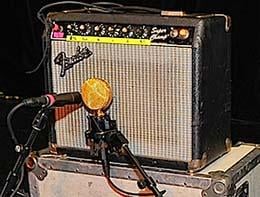
Miking Up (Mic’ing) – It is possible to play a stadium with any size Amplifier by using a Microphone placed in front of the speaker connected to the Stadium P.A system, this is common in many venues.
Combo Amp – When the Electronics and Speakers are combined in the same box.
Valve/Tube Amps – Starting in the 1930’s Amplifiers used Vacuum Tubes. With the development of the Transistor in the 1960’s, Tube amplifiers began to be replaced by “Solid State” transistor Amplifiers. While Solid State amps are cheaper and generally more reliable then Tube Amps, many Guitar players prefer the more natural tone of a Tube Amp.
Built-in Effects – Many modern Amplifiers have effect pedal style effects built into their electronics. This can save money on buying additional effect pedals.
P.A. System – A “Public Address System” is a combination of Mixing Desk, Amplifier, and Big Speakers used to fill a large venue with sound. It is common to connect all vocal microphones to the PA. Professional venues will also mic up the instruments and “Mix” them in a pleasing manner before sending them to the Main Speakers (Mains). While a big Guitar Amplifier might be 200 Watts, a P.A. System can easily have more than 10,000 Watts of power.

Guitar Accessories
For more information including price and how to purchase, click on item photos. Most of these items fall in the $10-$60 range.
PICKS
Most modern Guitar players spend at least some of their time “Flat Picking” using a “Pick” a.k.a “Plectrum.” If you play some styles of steel string fingerpicking you want individual finger picks that slide onto each finger. Picks are held with the fingers, Finger Picks slide onto the finger and do not have to be held. Try both. Picks are relatively cheap. Variety packs are good value and fun to play with.
What to look for:
Picks come in different shapes, thicknesses and materials. Most picks are some kind of plastic, Celluloid, Nylon, Delrin, others are made from Metal or even Ceramics. Picks feel and sound different. Some picks sound more scratchy, some sound smoother. Personal choice has the ultimate say in what pick you to choose. You will find that you just seem to play better with one type over another.
*If you don’t know what kind of picks you want, start with a “Medium Fender Pick.” They are cheap, they sell them everywhere and many people use them.

Before plastic became popular in the 1950’s, picks were often made from Hawksbill Turtle Shells. Hawksbill Turtles are now a protected species. Companies like Fender make very popular “Tortoise Shell” picks that are made from a type of plastic called Celluloid.
PICK HOLDER
Picks end up everywhere. These spring-loaded Pick holders stick onto your Guitar or Desk.
TUNER
Clip-on tuners allow for tuning in noisy environments without plugging in. They are handy and accurate with a very clear display. Perfect for Electric, Acoustic and Bass.
INSTRUMENT CABLE
- In most cases, unless your using a Microphone, your connecting items with an instrument cable.
- Instrument cables are also referred to as “1/4 Inch”, “Tip-Sleeve”, “Unbalanced” and “Jack/Socket”
- Instrument cables are used to connect Guitars to Amplifiers and effects, Bass Guitars and Keyboards.
- Speaker cables look very similar, you should not use a Speaker cable to connect an instrument. If you are not sure, look for printed writing on the cable saying “Speaker Cable”.
- Always buy cables with a manufacturer lifetime warranty, cables never last a lifetime. The connectors or “Jacks” on the end of the cables are the most expensive part. Quality cables have very rugged Jacks and heavy duty cable.
- A 10-foot instrument cable would be considered short, a 25-foot cable is considered long.
- For practice and small stages, 15 feet is a good length.
GLOWORKZ
Glo-in the dark fret markers makes playing shows in the dark easy.
Strap Locks
The best $30 you will ever spend!
GUITAR STRINGS
Electric Guitar Strings are generally made with Nickel, Acoustic Guitar Strings are generally made with Bronze. Acoustic Guitar Strings are generally thicker and have a “Wound” G String.
“Plain Strings” are a single long metal thread. “Wound Strings” are a single metal thread with another metal thread wrapped tightly around it.
Strings are made in different “Gauges” or thicknesses. 50 years ago it was common to purchase strings individually by gauge. Today strings are mostly sold in sets of 6 with the gauges for each string listed on the front. A set of “10’s” refers to a package of six strings where the thinnest string is 0.010 of an inch thick, a very popular choice on Electric Guitar. A more common gauge for Acoustic Strings would be a set of “12’s.”
All the major brands make decent strings, it’s important to try different brands and gauges to find what works for you. Strings are prone to rust, always buy strings in a sealed package.
EFFECTS PEDALS
There are hundreds of different effects pedals. They can be divided in groups based on what they do.
Distortion/Overdrive: These boost the signal from your instrument until it begins to breakup and distort. In many areas of electronics, this is a bad thing. On Guitar, it sounds really cool. If your amplifier does not have the right distortion or enough distortion, there are hundreds of different distortion pedals to choose from.
Delay/Echo: The pedal records what you play and plays back immediately afterward.
Chorus: Makes it sound like more than one Guitar playing. Turn it up and it sounds like Aliens Landing.
Phaser: Makes the Guitar rotate in a wooshing sound.
Flanger: Like Phaser but with a more metallic edge, closer to the sound of a Jet flying by.
Wah Wah: Moving the pedal back and forward produces a “Whaaa” sound.
Tremelo: The pedal automatically turns the volume up and down really fast.
Reverb: Imagine playing in a Large empty warehouse compared with a small bedroom. The warehouse has more “Reverberation”.
Multi-effects: Pedals digitally recreate dozens of effects all in the same box. Many modern “Modeling” Amplifiers have Multi-effects built in.
GUITAR STRAP
Straps are made in hundreds of different color, design and material combinations. It’s important that the ends are made from a robust thick leather, Metal or Heavy Duty Plastic. On heavy Guitars like Les Pauls people often prefer wider straps. If you plan on standing up while playing you should invest in some “Strap locks”. Strap locks make it almost impossible for your Guitar to fall off the strap. The straps pictured here are popular choices.
GUITAR CASE
If your Guitar is going to leave the house it should be in a case. The best case for general use is a Padded Gigbag, they offer lightweight protection from most accidental knocks and bangs. Most have pockets and some can be worn as a backpack. If you are going to fly on a commercial flight you are most likely going to have to check your Guitar with your luggage. If you buy a standard wooden hard case your Guitar will probably survive but the case will eventually look like it was in a war zone. The best cases are made from hard plastics and composites, they can survive airlines and tour vans with ease, look for ones with TSA friendly locks. Cases come in different sizes for Acoustic, Electric, Kids sizes and Jumbo Acoustics. Some hard cases are designed for one specific kind of Guitar.
CAPO
A Capo is a clamp that shortens the length of the strings. Guitarist use Capos to Change song Keys while maintaining the same fingering. Capos can also make the Guitar sound higher, more like a Mandolin or Ukelele. Some Capos clamp only some of the strings leading to new sonic possibilities. Avoid Capos made with stretchy Fabric, good Capos are heavy duty metal. There are different size/shape Capos for Electric, Acoustic, Classical, Banjo, Ukelele and Mandolin.
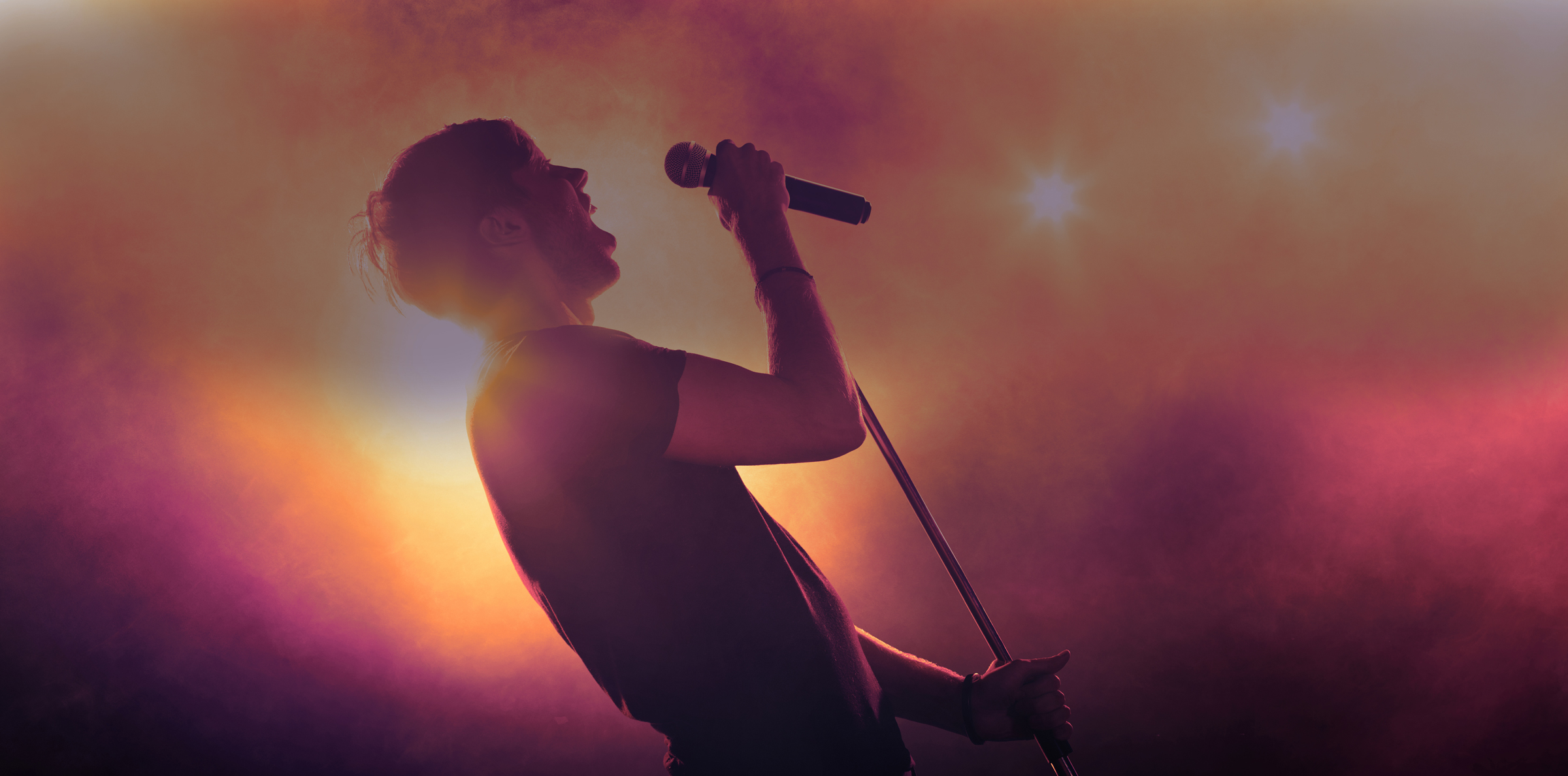
Are you ready to get started?
"*" indicates required fields
We have had the BEST experience with the guitar instructor from Fine Tune Academy. My son had to prepare for college auditions and we are so happy to have found this school. The instructor is incredibly knowledgeable AND fabulous to work with. My son always looks forward to the next lesson. Awesome!!
Read MoreTrish F. (Rancho Santa Fe, CA)We are so HAPPY to have finally found great music instruction for our son and daughter. We have tried numerous music establishments over the past 4 years and they were always lacking in some areas. Fine Tune Academy has it down! My kids love it and we love it too. Fine Tune Academy Rocks!
Read MoreAmanda G. (Carlsbad, CA)The idea of using a keyboard to play music been around for over 2000 years. The Greeks had devised key operated Organs in the 3rd Century B.C. The word Organ comes from the Greek word for Tool.
Read MoreTHE KEYS

